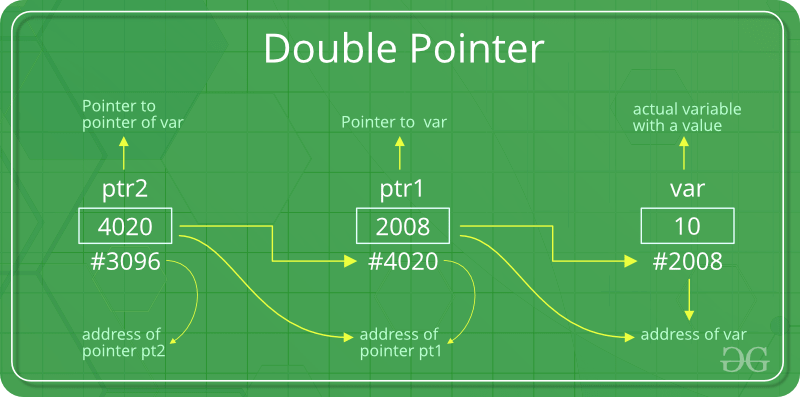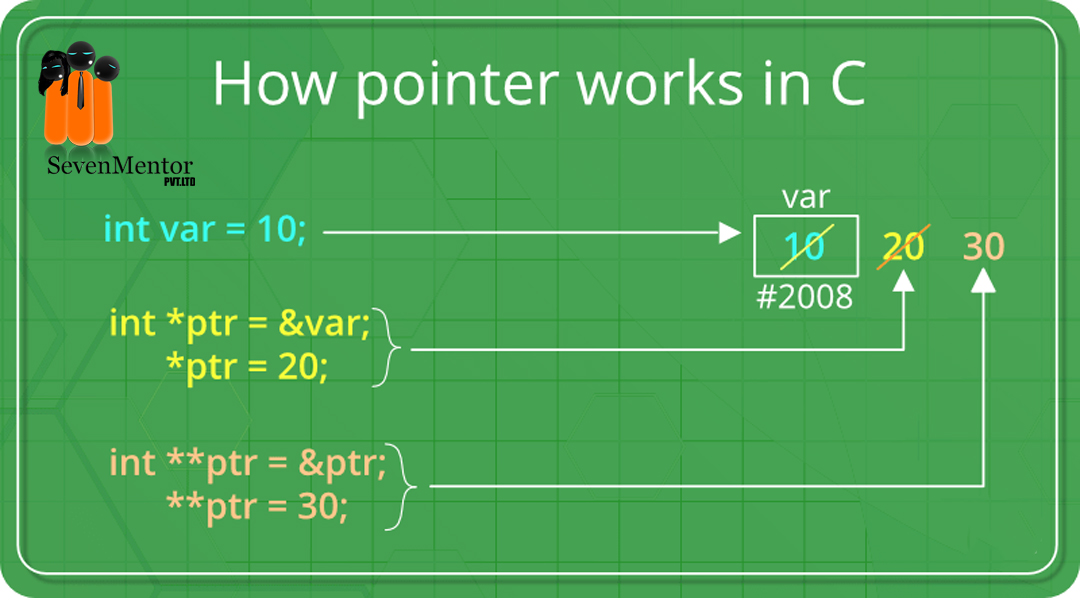

Whether it is a good idea is another matter. On most CPUs this code will work as specified. This would result in the variable normal containing its own address. Here is an example: unsigned normal unsigned *pointer pointer = &normal normal = (unsigned)pointer An example of where this might be done in an embedded application is in device driver code. an address) in an “ordinary” variable – like an unsigned integer. It is generally possible to store the value of a pointer (i.e. In this context, most, but again not quite all, CPUs allow addresses to be stored in memory locations and registers and be operated on like any other data. most 32-bit CPUs have 32-bit address space as well as favoring operations on 32-bit data. A pointer to a variable incorporates its address, but also embodies “knowledge” of the type of the variable.įor most, but not all, modern CPUs, an address is the same bit size as a word of memory i.e.

This means, in effect, that the programmer specifies that a variable contains a specific type of data and the language only allows appropriate operations on that variable. The majority of high level languages support data typing to a lesser or greater extent. There are also some high level languages – untyped languages – that operate in the same way Forth and BCPL are examples that come to mind. The data might be a number or some text (which is just a sequence of numbers, of course) or it might be an address of another location or possible an address of an address and so forth. It is the responsibility of the programmer to keep track of what type of data is stored in each memory location. Manipulating addresses is an everyday occurrence. There is not really the concept of a variable. To an assembly language programmer, memory is a sequence of locations (bytes or words), each one of which has an address. This article looks at the potential problems with pointers and proposes some guidelines to avoiding problems. However, the power of pointers is valued by embedded developers, who accept that they need to understand their subtle nuances. As a result, many developers favor languages, like Java, which do not support pointers and are, hence, “safer”. In a programming language, power is dangerous, as programmer error can have dire consequences.

Pointers are a very powerful feature of the C language.


 0 kommentar(er)
0 kommentar(er)
